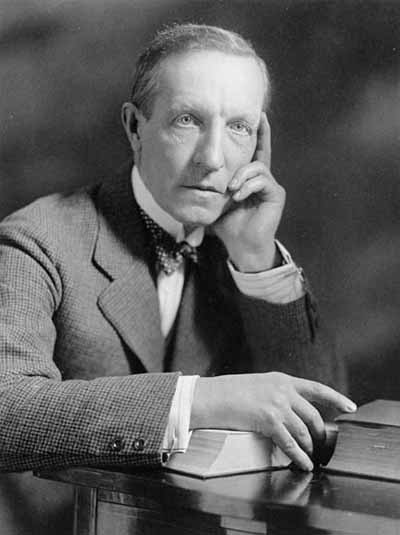Duncan Campbell Scott National Historic Person (1862-1947)
The Historic Sites and Monuments Board of Canada is reviewing designated national historic persons, events and sites for their connection to the history and legacy of the residential school system. This review responds to the Truth and Reconciliation Commission’s Call to Action 79, which calls on the federal government to commemorate the history and legacy of residential schools.

© Miscellaneous / Library and Archives Canada / PA-195870
Duncan Campbell Scott was designated as a national historic person in 1948.
The Historic Sites and Monuments Board of Canada reviewed this designation in 2023. The following aspects of Scott’s contributions to Canadian history were declared of national historic significance.
Reasons for designation
As Deputy Superintendent General of the Department of Indian Affairs from 1913 to 1932, Scott enforced policies that had been in place for decades before he was promoted to this senior position. In particular, he aggressively pursued a set of administrative and policy changes that were specifically designed to assimilate First Nations into Euro-Canadian society, or, as he stated in 1920, “get rid of the Indian problem.” Ignoring First Nations interests and well being, Scott introduced policies or more strictly enforced ones that banned cultural practices such as potlatches and certain dances, allowed for the involuntary enfranchisement of First Nations and the appropriation of reserve lands through surrender agreement, and restricted Indigenous political activities. These policies did widespread and long-term damage to Indigenous Peoples.
Scott was the chief federal government official responsible for the expansion and administration of Canada’s residential school system, carrying out official government direction that was supported by successive governments. The residential school policies Scott oversaw and expanded for two decades had as their goal the cultural assimilation of Indigenous children at the lowest possible cost to the government. They led to the neglect and physical, emotional, and sexual abuse of children, the forced separation of children from their families and communities, the spread of deadly diseases, and the attempted destruction of Indigenous culture and languages. Scott’s decisions, actions, and negligence in the face of health crises at schools, requests from school administrators for additional funding, and other signs that the system was a failure, resulted in widespread hunger, abuse, illness, and death.
While today Scott is identified with the legacy of Canada’s residential school system, in his day he was widely known and celebrated as a poet and writer, and as a member of the Confederation group of poets. He wrote in the tradition of English Romantic and Victorian poets and his writing drew on various aspects of Canadian life, providing a lens through which a broader understanding can be had of Scott’s world and the views he held as well as what his English Canadian audiences valued.
Review of designation
Reviews are undertaken on an ongoing basis to ensure that designations reflect current scholarship, shifts in historical understandings, and a range of voices, perspectives and experiences in Canadian society.
In 2023, this designation was reviewed due to colonial assumptions, outdated terminology, and an absence of a layer of history in the commemorative plaque text. The original text, approved in the 1970s, highlighted Scott’s work as a celebrated poet and writer, and his position as Deputy Superintendent General of Indian Affairs. The text included his views on the assimilation of Indigenous Peoples using outdated terminology. The original text did not reference his central role in the administration and expansion of the Indian Residential School system. It also did not reference that he introduced and strictly enforced policies that did widespread and long-term damage to Indigenous Peoples.
New reasons for designation were developed that articulate Scott’s aggressive pursuit of policies designed to assimilate First Nations into Euro-Canadian society. The original plaque was removed. A new plaque will not be prepared as the limited text of a plaque does not allow for adequately communicating this complex history.
Source: Historic Sites and Monuments Board of Canada, Minutes, December 2021; June 2022; December 2022.
The National Program of Historical Commemoration relies on the participation of Canadians in the identification of places, events and persons of national historic significance. Any member of the public can nominate a topic for consideration by the Historic Sites and Monuments Board of Canada.